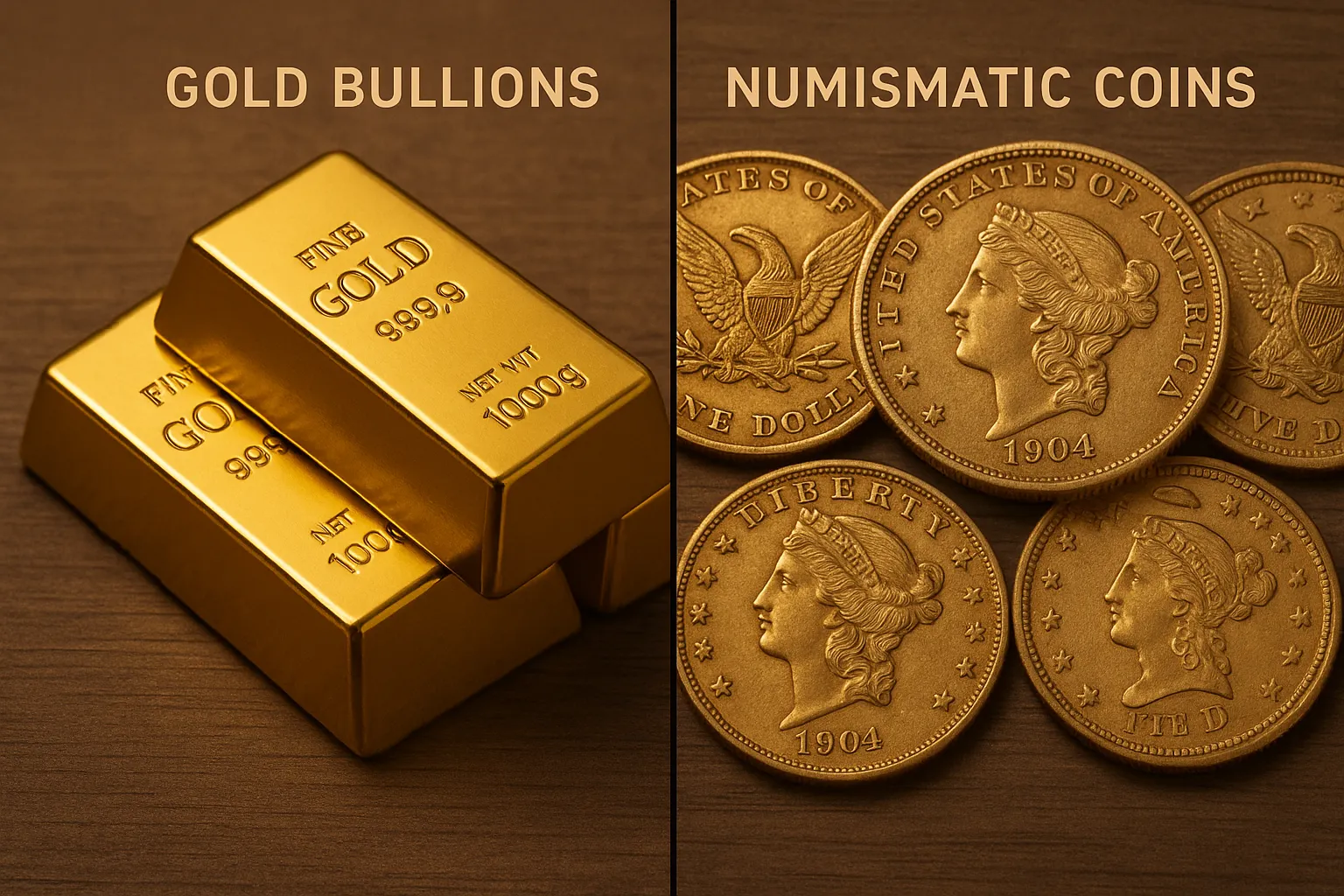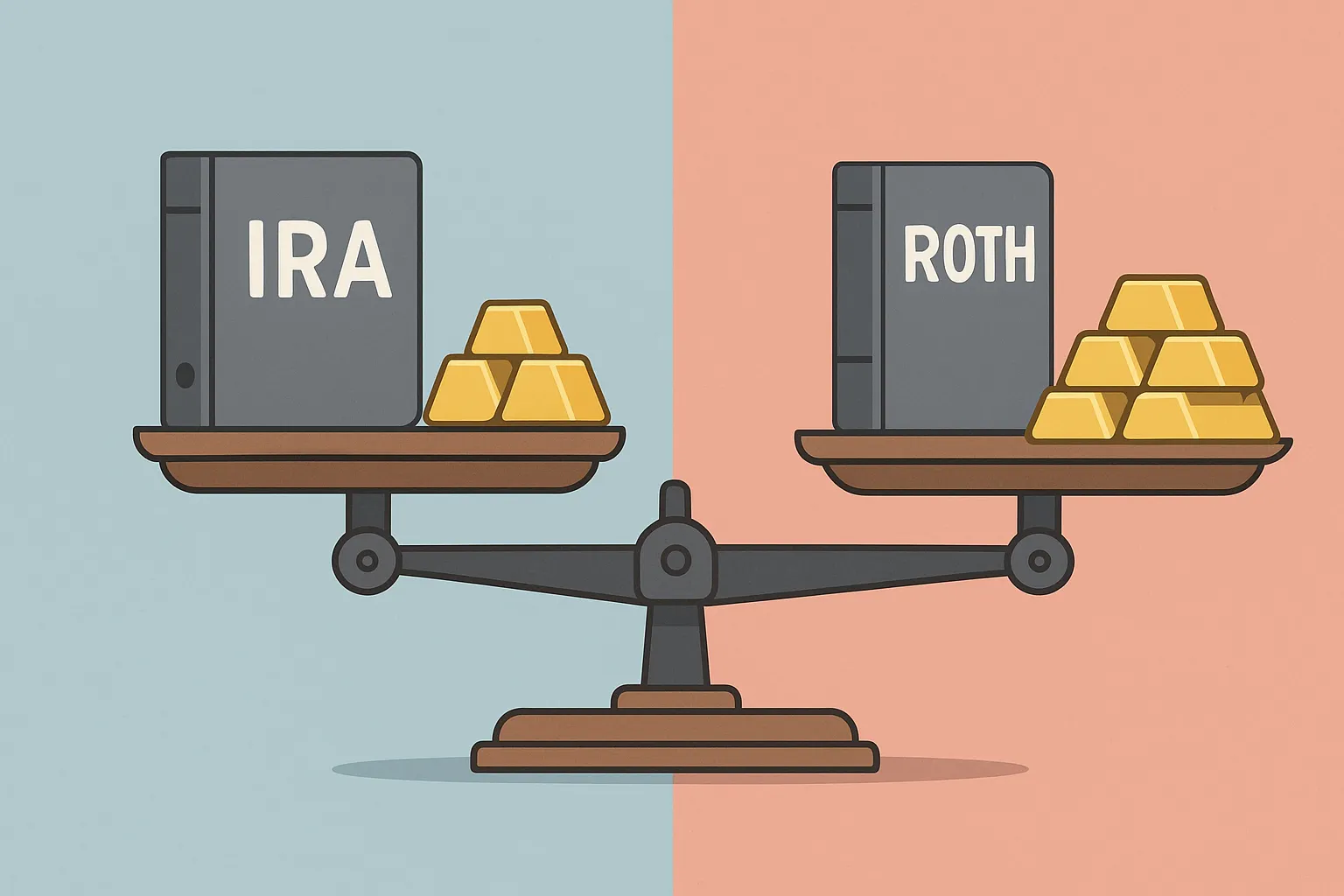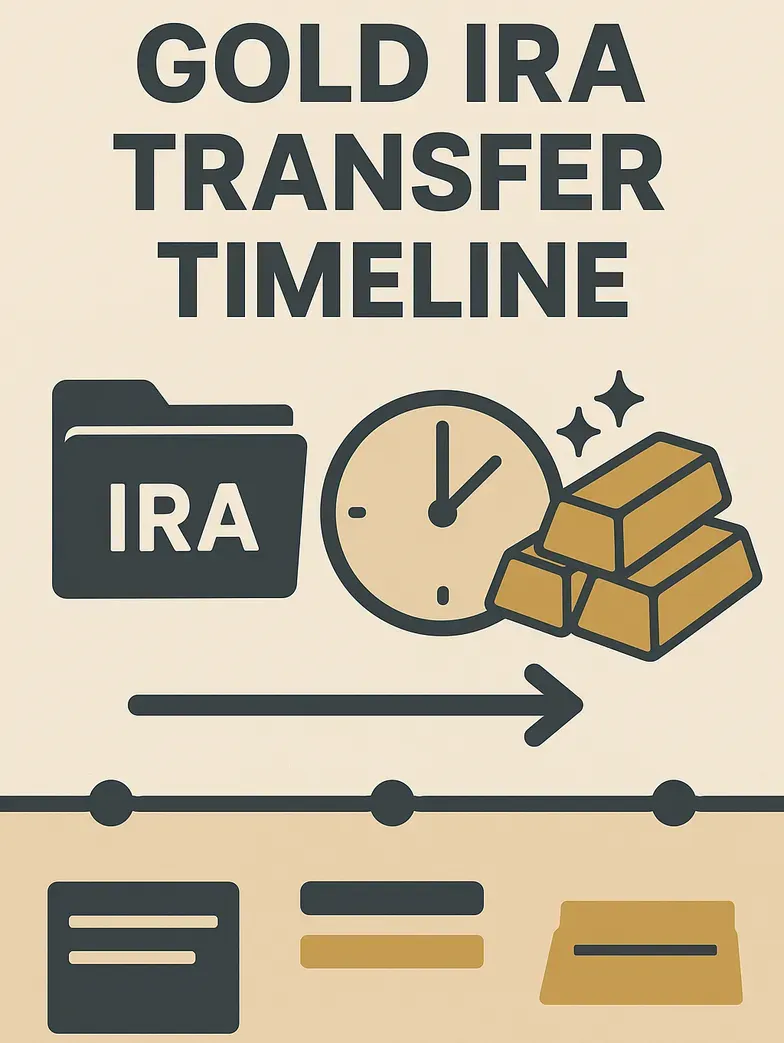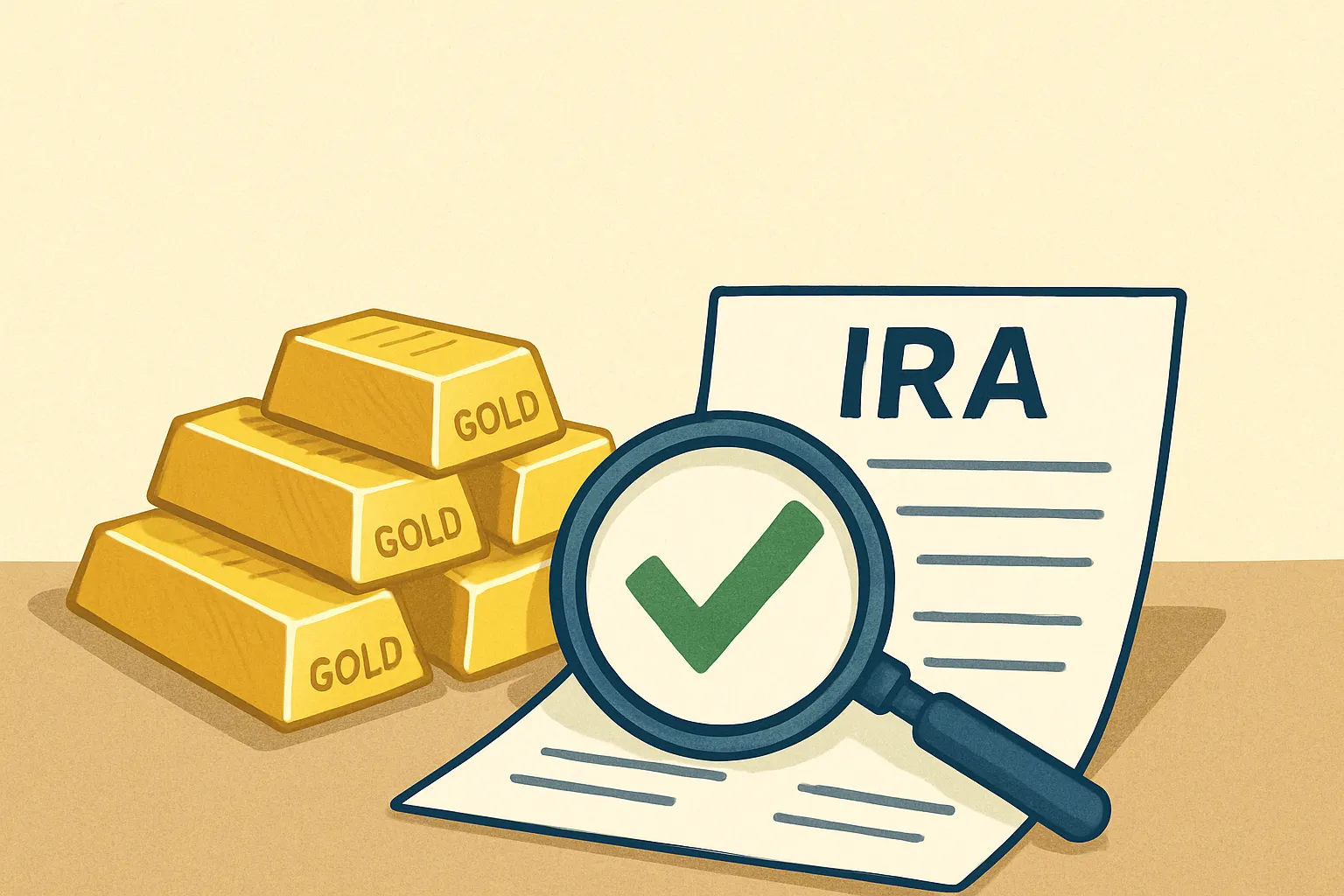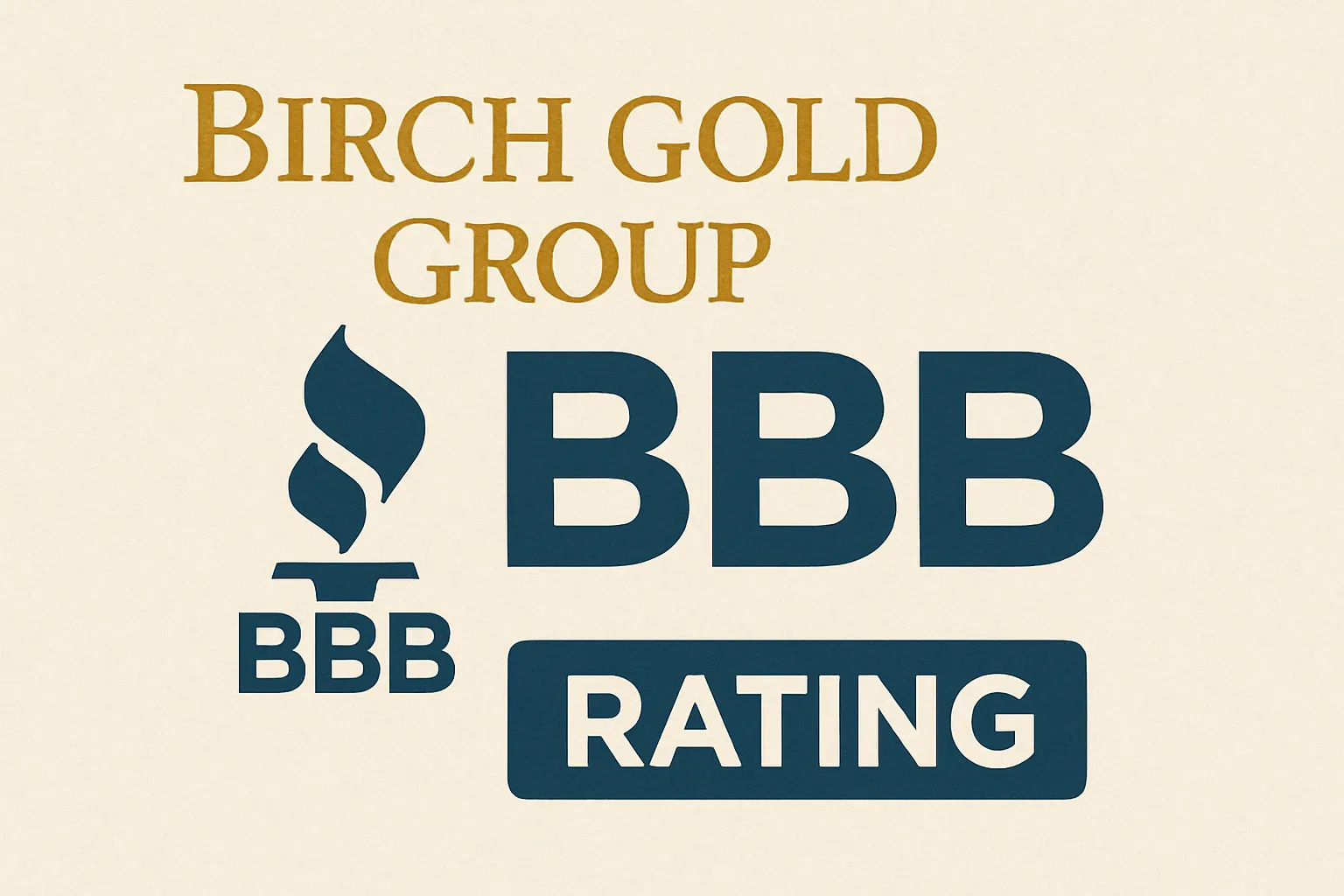Gold IRA Coin vs Bar Comparison: Which Form of Gold Should You Choose for Your Retirement Account?
When you're setting up a gold IRA, one of the most critical decisions you'll face is whether to invest in gold coins or gold bars. This choice impacts everything from your storage costs to how easily you can liquidate your investment when retirement arrives.
Both options offer unique advantages, but understanding their differences will help you make the smartest choice for your retirement portfolio.
Understanding Gold IRA Coins vs Bars
Gold IRA Coins are government-minted precious metal coins that meet specific IRS purity requirements. Popular options include American Gold Eagles, Canadian Maple Leafs, and Austrian Philharmonics. These coins typically contain one ounce of gold and carry legal tender status in their country of origin.
Gold Bars (also called bullion bars) are rectangular pieces of refined gold produced by accredited refiners. They range from small 1-ounce bars to larger 10-ounce or even kilo bars, depending on your investment goals and custodian requirements.
IRS Eligibility Requirements
Both coins and bars must meet strict IRS standards to qualify for your gold IRA:
- Minimum purity: 99.5% gold content (24 karat)
- Approved manufacturers: Must come from accredited mints or refiners
- Condition requirements: Must be in good condition, not damaged or worn
Key Comparison Factors
Purity Standards

Important Note: American Gold Eagles are the exception to the 99.5% rule, being IRA-eligible at 91.67% purity due to their special status.
Pricing and Premiums
Gold coins typically carry higher premiums over spot gold prices compared to bars:
Gold Coins:
- Premium range: 3-8% above spot price
- Higher premiums due to minting costs and collectible value
- Government backing adds to premium
Gold Bars:
- Premium range: 1-4% above spot price
- Lower manufacturing costs translate to lower premiums
- More direct reflection of gold's commodity value
Storage Considerations
Both coins and bars require storage in IRS-approved depositories, but their physical characteristics affect storage efficiency:
Coins:
- Individual protective capsules recommended
- Take up more space per ounce
- Higher storage costs due to space requirements
Bars:
- More compact storage
- Can be stacked efficiently
- Lower storage fees per ounce
Liquidity and Resale
Gold Coins generally offer superior liquidity:
- Widely recognized by dealers
- Established market pricing
- Easier to sell partial quantities
- Government backing increases buyer confidence
Gold Bars may face liquidity challenges:
- Require verification of authenticity
- Fewer buyers for larger bars
- May need assaying before sale
- Better suited for larger transactions
Detailed Pros and Cons Analysis
Gold Coins Advantages:
- Recognition: Instantly recognizable and trusted
- Liquidity: Easy to sell anywhere gold is traded
- Flexibility: Can sell individual coins as needed
- Government backing: Legal tender status provides additional security
- Collectible potential: Some coins may appreciate beyond gold content value
Gold Coins Disadvantages:
- Higher premiums: Pay more per ounce of actual gold
- Storage costs: Require more space and protection
- Limited size options: Mostly available in 1-ounce denominations
Gold Bars Advantages:
- Lower premiums: More gold for your money
- Efficient storage: Compact and stackable
- Size variety: Available in multiple weights
- Pure investment: Price closely tracks gold spot price
Gold Bars Disadvantages:
- Authentication needs: May require verification when selling
- Less liquid: Harder to find buyers for larger bars
- Minimum quantities: Difficult to sell partial amounts
Cost Analysis Over Time
Consider this example for a $50,000 gold IRA investment:

This $2,000 difference over 10 years represents 4% of your initial investment - a significant consideration for long-term retirement planning.
Making the Right Choice for Your Portfolio
Choose Gold Coins If You:
- Value maximum liquidity and flexibility
- Plan to make periodic distributions
- Prefer government-backed precious metals
- Don't mind paying higher premiums for peace of mind
Choose Gold Bars If You:
- Want to maximize your gold holdings per dollar invested
- Plan to hold until retirement without interim sales
- Focus purely on gold's commodity value
- Prioritize cost efficiency over convenience
Balanced Approach
Many savvy investors choose a mixed strategy:
- 70% gold bars for cost-effective core holdings
- 30% gold coins for liquidity and flexibility
This approach balances cost efficiency with practical considerations for retirement distributions.
Storage and Custodian Considerations
Remember that all gold IRA assets must be stored in IRS-approved depositories. When comparing options:
- Segregated vs. Non-segregated storage: Your specific metals vs. pooled storage
- Insurance coverage: Verify comprehensive protection
- Access policies: Understand distribution procedures
- Geographic location: Consider proximity and reputation
Tax Implications
Both coins and bars receive identical tax treatment in your IRA:
- Traditional gold IRA: Tax-deferred growth, taxed as ordinary income on withdrawal
- Roth gold IRA: Tax-free growth and withdrawals (after age 59½)
The form of gold doesn't affect your tax obligations, but the ease of liquidation (favoring coins) may impact your distribution strategy.
Final Recommendations
Your choice between gold coins and bars should align with your retirement timeline and priorities. If you're more than 10 years from retirement and focused on maximizing your gold holdings, bars offer compelling cost advantages. If you're approaching retirement or value maximum flexibility, coins provide superior liquidity despite higher costs.
Consider starting with your state's preferences, then consulting with your gold IRA custodian about their specific storage fees and policies. Many custodians offer detailed fee schedules that can help you calculate the long-term costs of each option.
The decision ultimately comes down to your personal balance between cost efficiency and convenience. Both coins and bars can serve as effective hedges against economic uncertainty - choose the form that best fits your retirement strategy and gives you confidence in your precious metals allocation.
Next Steps: Contact qualified gold IRA custodians to compare their specific fee structures for coins versus bars, and request current premium pricing to make an informed decision based on today's market conditions.
Take a look at our detailed comparison of top custodians here:





